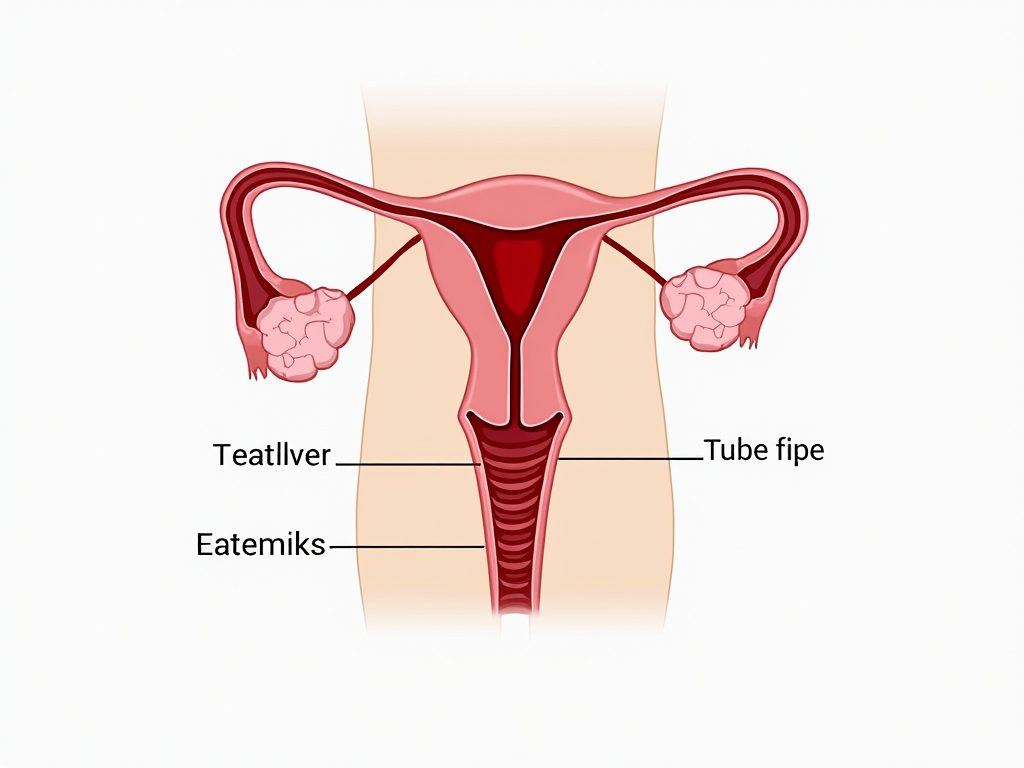Understanding Male Infertility: A Comprehensive Guide
March 30, 2025, 1:05 p.m.
Overview
Male infertility affects many couples trying to conceive. It happens when a man can’t get his partner pregnant due to issues with sperm or reproductive health. This guide explains the basics of male infertility, its causes, and ways to improve sperm quality.
What is Male Infertility?
Male infertility means a man struggles to help his partner conceive. Often, it’s tied to problems with sperm—like low count, poor movement, or odd shapes. About 15% of couples face infertility, and male factors play a role in half of those cases.

Sperm are tiny cells made in the testicles. They need to swim well and look normal to fertilize an egg. When sperm quality is low, it can make starting a family harder.
Causes of Male Infertility
Several things can cause male infertility. Lifestyle choices like smoking or heavy drinking can hurt sperm production. Other factors include hormone issues, injuries, or genetic conditions that affect how the body makes or delivers sperm.

Think of the reproductive system as a> a factory. The testicles produce sperm, which travel through tubes to reach the outside. If the factory breaks down—due to heat exposure or tight clothing—it can lower sperm output.
Diagnosing Male Infertility
Doctors start with a semen analysis to check sperm count, movement, and shape. They might also test hormone levels or do a physical exam. Sometimes, genetic tests reveal hidden issues affecting fertility.

Getting diagnosed can feel overwhelming, but it’s the first step to finding answers. Tests are simple and give clear clues about what’s going wrong. It’s normal to feel nervous—talking to a doctor can help ease those worries.
Treatment Options
Treatments depend on the cause. Medicines can fix hormone imbalances, while surgery repairs blockages or varicoceles—swollen veins in the scrotum. For tougher cases, assisted methods like IVF (in vitro fertilization) can help couples conceive.

Not every case has an easy fix, but options exist. Assisted reproductive technology has helped many couples build families. It’s worth exploring what feels right for you and your partner.
Sperm Quality Improvement Tips
Want to boost sperm quality? Start with small changes. Eat a diet rich in fruits, veggies, and lean proteins—think of it as fuel for your factory. Regular exercise, like a brisk walk, keeps everything running smoothly.

Cut back on alcohol and quit smoking—both can damage sperm. Avoid hot tubs or tight underwear, too, since heat harms production. These sperm quality improvement tips are simple but can make a big difference over time.
Stress can also mess with fertility. Try relaxation techniques like deep breathing or yoga. It’s not a cure, but it helps your body—and mind—stay in balance while you work on other changes.

Living with Male Infertility
Facing infertility can feel isolating, but you’re not alone. Many men deal with this, and talking about it can lighten the load. Support from friends, family, or a counselor can lift your spirits.
It’s okay to feel frustrated or sad—this doesn’t define you. Focus on what you can control, like staying healthy and exploring options. Couples often grow stronger through this, finding new ways to connect.

Summary
Understanding the basics of male infertility starts with knowing it’s common and manageable. From causes like poor sperm quality to treatments and lifestyle tips, there’s hope. Take it step by step, and lean on support when you need it.